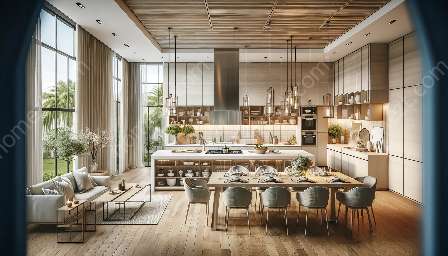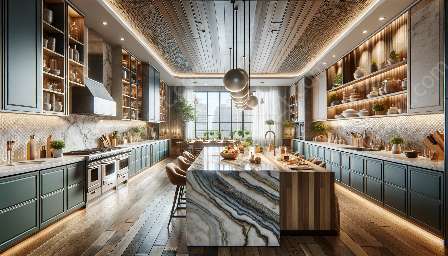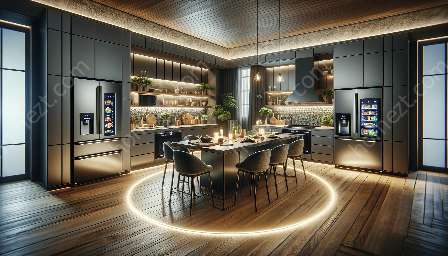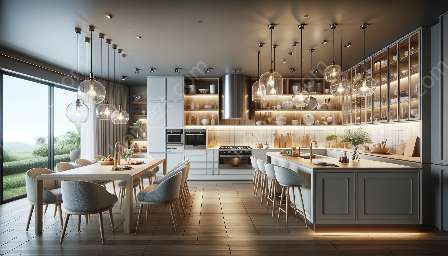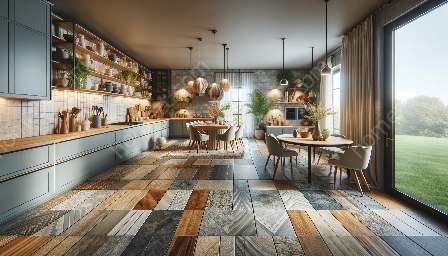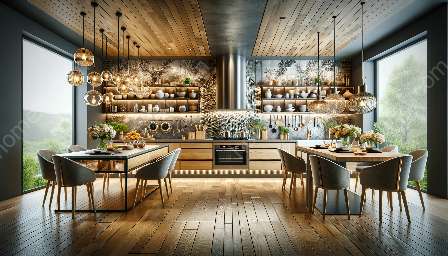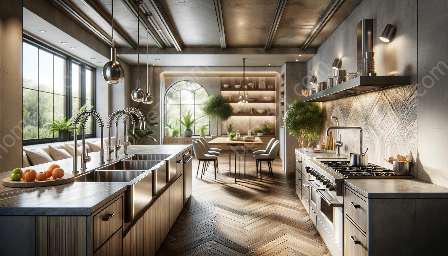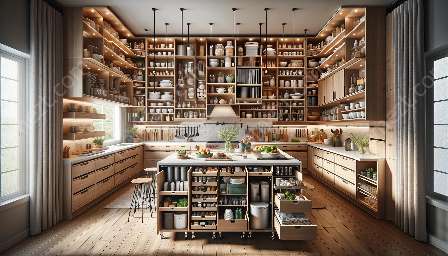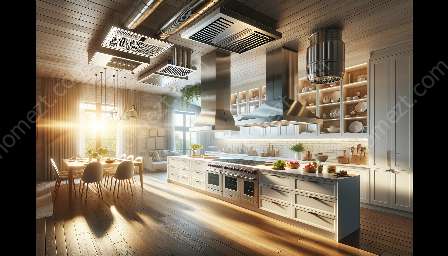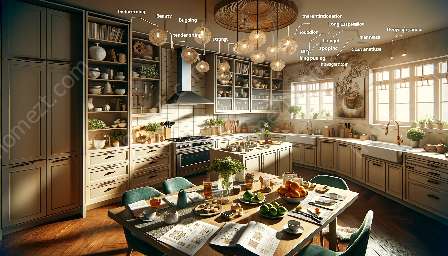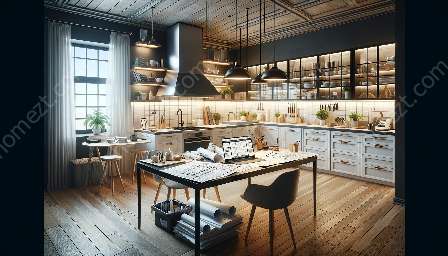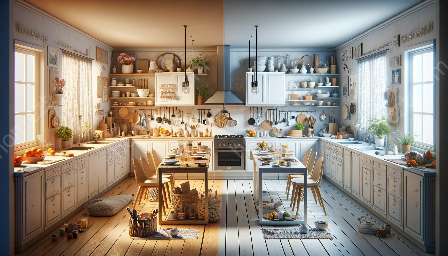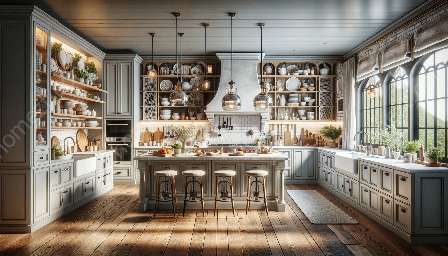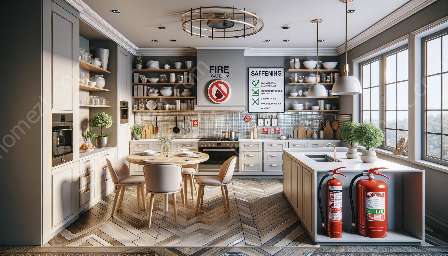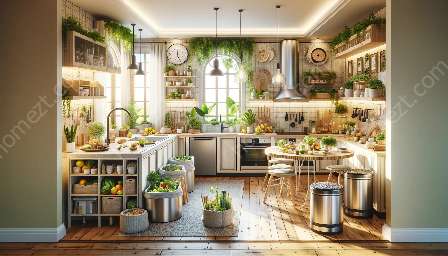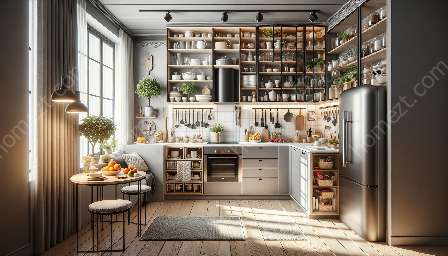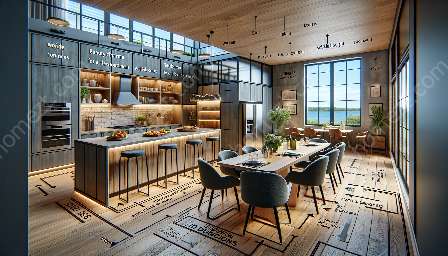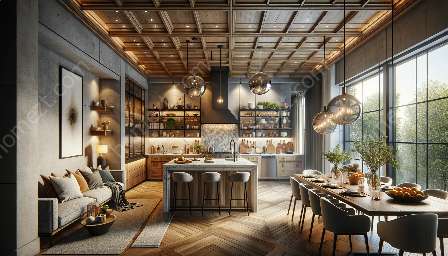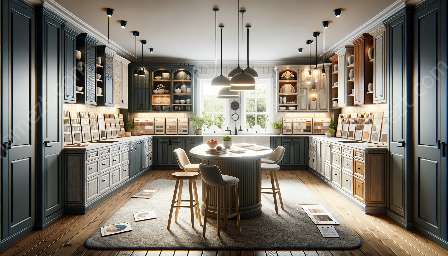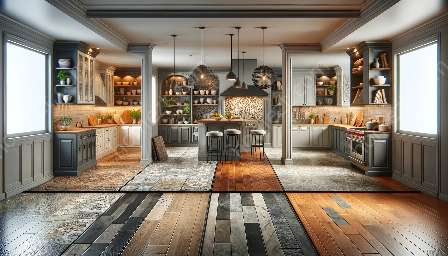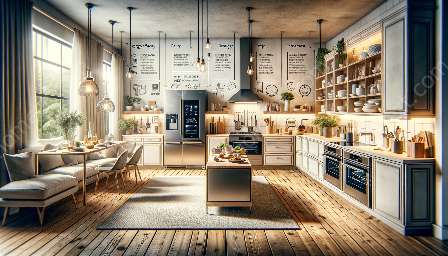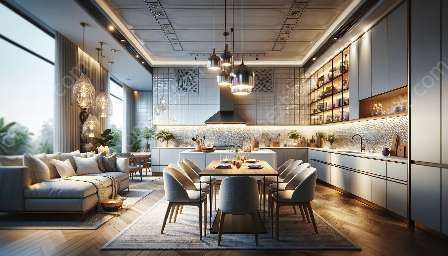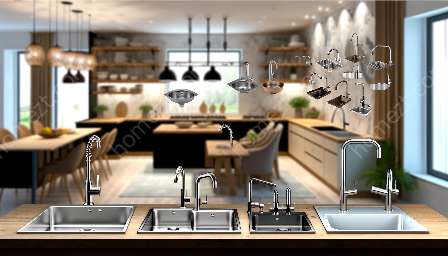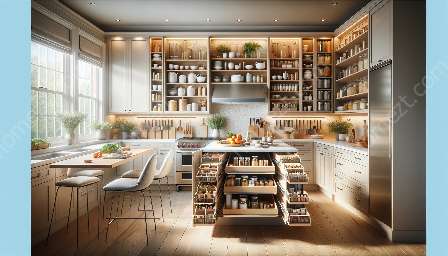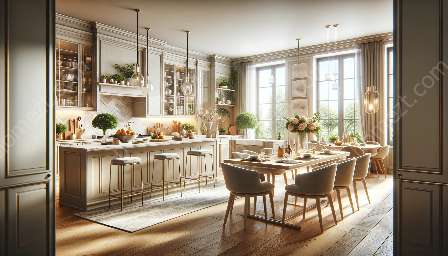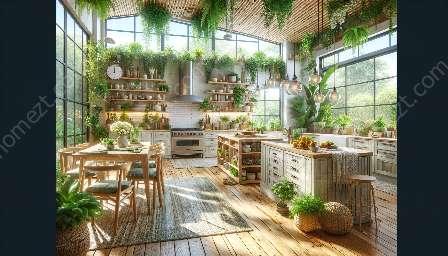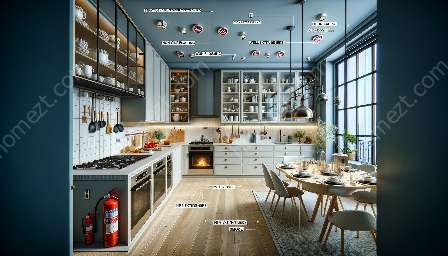As you embark on a kitchen remodeling project, it's essential to keep safety considerations at the forefront of your plans. Whether you're updating your kitchen for aesthetic appeal or functional efficiency, ensuring a safe environment should be a top priority. This guide explores various safety considerations that are compatible with kitchen remodeling, offering insights and tips to help you create a secure and inviting kitchen for you and your family.
1. Fire Safety
Fire safety is a critical aspect to consider when remodeling your kitchen. Incorporating fire-resistant materials, such as stainless steel or stone countertops, and installing a reliable smoke alarm system can significantly reduce the risk of kitchen fires. Additionally, strategically placing fire extinguishers in easily accessible locations can provide added safety measures.
2. Slip Prevention
Slippery floors can pose a significant hazard in the kitchen, especially when spills occur. When remodeling your kitchen, opt for slip-resistant flooring materials, such as textured tiles or non-slip vinyl, to minimize the risk of accidents. Furthermore, utilizing rugs with non-skid backings and ensuring proper drainage systems around sinks and dishwashers can contribute to a safer kitchen environment.
3. Childproofing
If you have young children or anticipate their presence in the kitchen, it's crucial to implement childproofing measures during the remodeling process. Installing safety latches on cabinets and drawers, utilizing stove knob covers, and ensuring that hazardous items, such as sharp utensils and cleaning supplies, are stored out of reach can help prevent accidents and injuries.
4. Adequate Lighting
Proper lighting plays a key role in enhancing kitchen safety. During the remodeling process, consider incorporating ample lighting, including task lighting for food preparation areas and ambient lighting for overall visibility. Additionally, installing motion-sensor lights in high-traffic areas can offer added safety and convenience.
5. Ventilation
Effective ventilation is essential for maintaining a healthy indoor environment and preventing potential safety hazards. When remodeling your kitchen, ensure that your ventilation system, including range hoods and exhaust fans, is up to standard to minimize the risk of air pollutants and odors that can compromise indoor air quality.
6. Ergonomic Design
Creating an ergonomic kitchen design can contribute to safety and comfort. Consider incorporating features such as varying counter heights, accessible storage solutions, and strategically placed appliances to minimize physical strain and promote ease of use.
7. Electrical Safety
Electrical safety is paramount in the kitchen to prevent electric shock and fire hazards. As part of your remodeling efforts, ensure that electrical outlets are GFCI-protected, update old wiring as needed, and consider the placement of electrical appliances to minimize cord clutter and potential tripping hazards.
8. Accessibility
For individuals with mobility challenges or disabilities, ensuring accessibility in the kitchen is crucial. Incorporate features such as lever-style faucets, pull-out shelves, and open floor space to accommodate diverse needs and promote a safer and inclusive kitchen environment.
Conclusion
By prioritizing safety considerations in your kitchen remodeling project, you can create a space that not only reflects your aesthetic preferences but also provides a secure and functional environment for everyday activities. From minimizing fire risks to implementing childproofing measures and enhancing overall accessibility, taking proactive steps to address safety concerns can lead to a kitchen that is both beautiful and safe for you and your loved ones.

